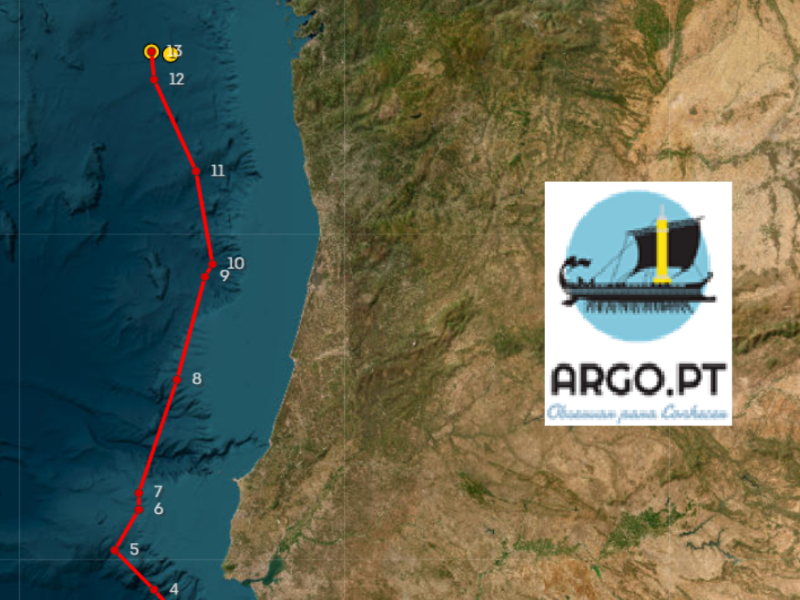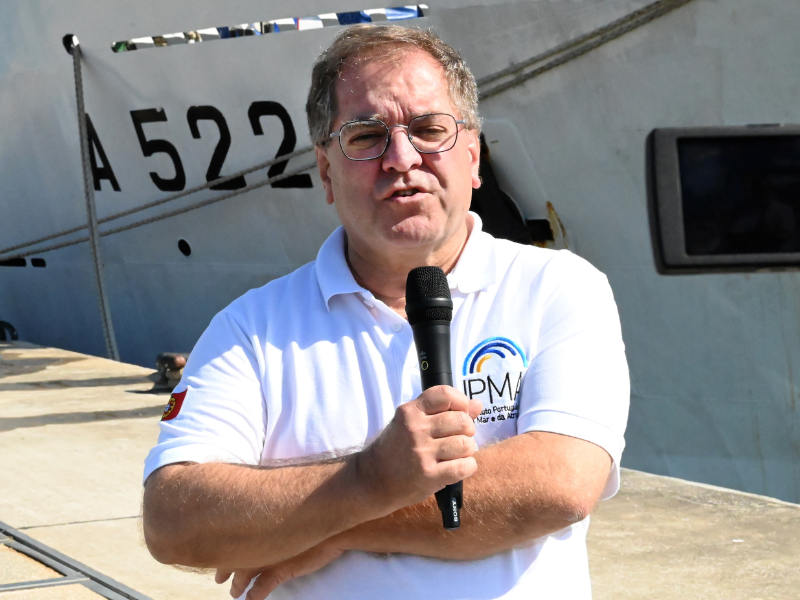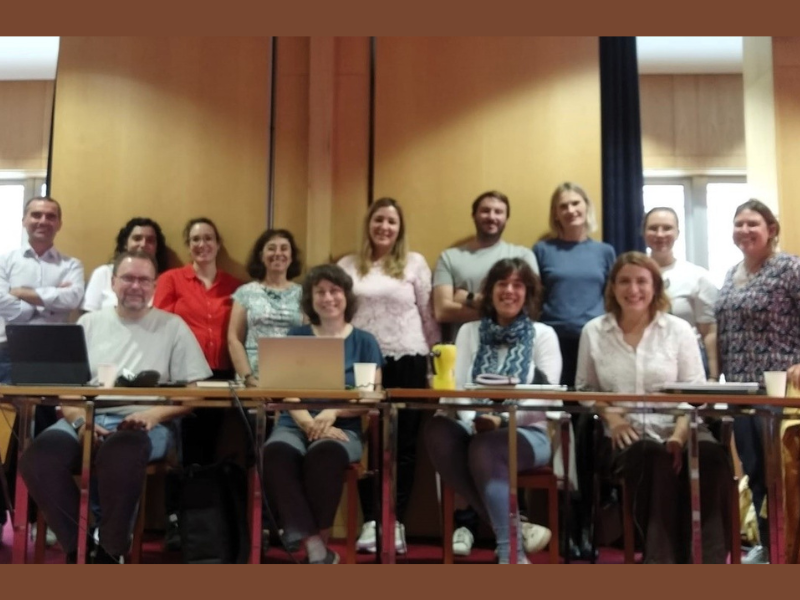News
-
Argo Program
-
EMSO Portugal
-
Mission Project
Atmospheric electric discharges (lightning)
SATELLITE | RADAR | Lightning
Lightning network
To support and improve weather forecasts, particularly concerning thunderstorm occurrence, IPMA has been operating a network for detection and location of atmospheric electric discharges (lightning) over the mainland territory and adjacent ocean areas.
This network is composed of four detectors (in Braga, Castelo Branco, Alverca and Olhão) that measure the intensity and direction of the variation of the Earth magnetic field (MDF- Magnetic Direction Finding) associated with lightning and the time of arrival (TOA) by means of NS, EW and horizontal orthogonal electromagnetic antennae and a GPS accurate watch.
The data recorded by each detector are transmitted to a processing centre, the main output of which is the moment and place of lightning occurrence. The lightning frequency and characteristics (polarity, intensity and multiplicity) and the affected area enable to support and improve very short-term weather forecasts, particularly of conditions that cause severe weather, i.e., thunderstorms and heavy precipitation.
The information obtained from this network is used in thunderstorm climatology and lightning density, which enables to support studies on territory management and climate change.
Data obtained with the operation of this network are interchanged with those from four detectors of the National Institute of Meteorology of Spain, which enables to improve the accuracy in locating atmospheric electric discharges and the detection efficiency in the whole Portuguese mainland territory.
- Lightning flash : this refers to the series of electrostatic discharges that propagate towards the ground or within clouds. This is referred to as cloud-to-ground lightning or intracloud lightning. When we use this terminology in our texts and publications, we are generally referring to the concept of a ‘flash’
- Flash : this is the first return stroke of a lightning flash.
- Stroke : this refers to all the return strokes of a lightning flash, i.e.: the first stroke and the subsequent strokes.




